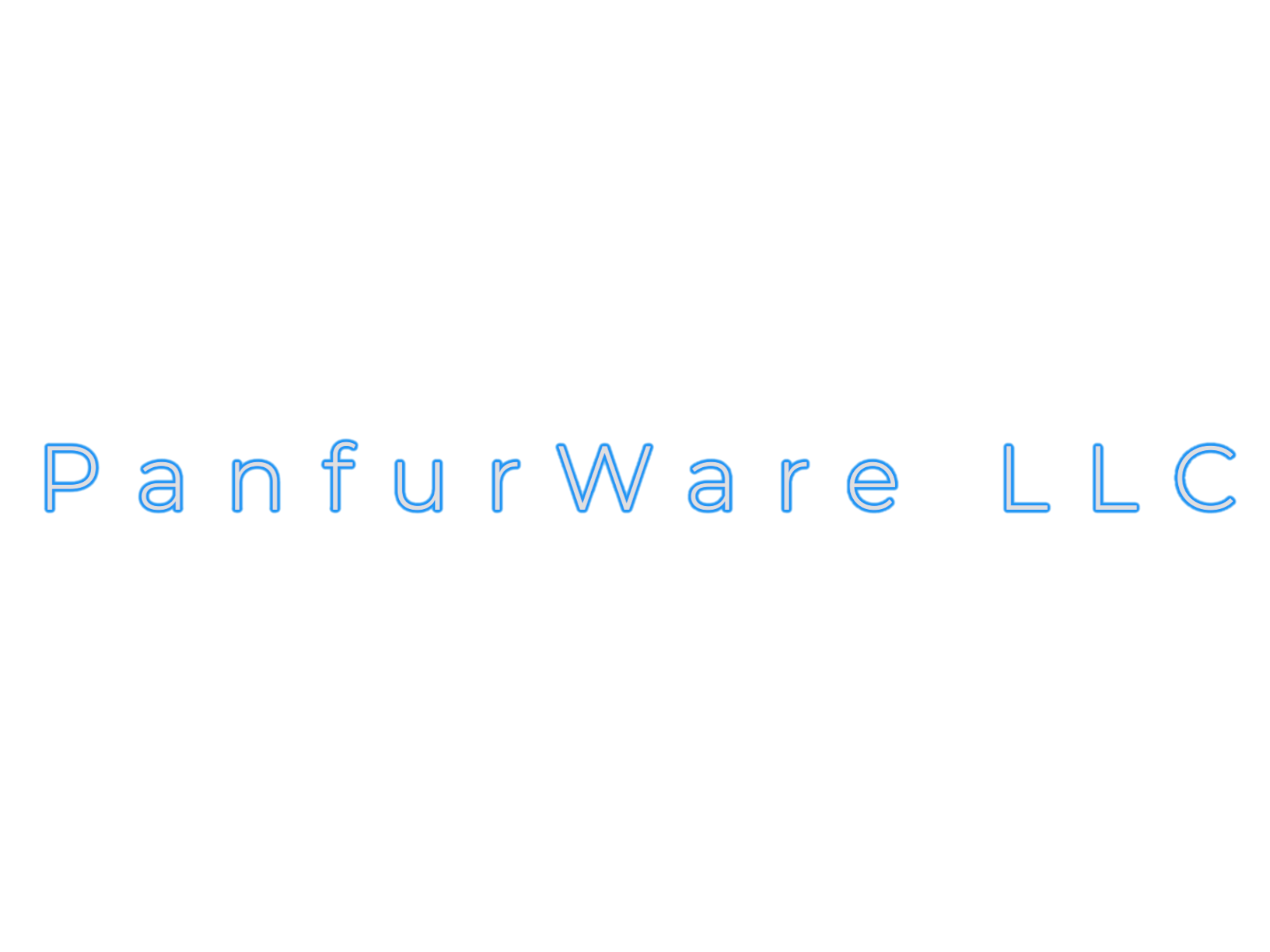Free shipping over $50 for the month of April using code aprilship
For decades, traditional media like TV, film, print publications, and radio dominated the entertainment and news landscape. These industries produced the celebrities and influencers that defined popular culture, often dictating what stories were told and who got to tell them. Enter the digital revolution, and the landscape shifted dramatically. Today, a new wave of digital stars—TikTok creators, YouTubers, Instagram influencers, and Twitch streamers—are not only capturing global attention but are also redefining what it means to be a celebrity. The Hollywood Reporter (@THR) recently released a list titled “Hollywood, Meet Your New A-List,” featuring rising online media talent poised to take over both new and traditional media. This shift signals a new era where online creators have more influence than ever before, presenting both challenges and opportunities for the old guard of Hollywood.
The Rise of New Media Stars
Online platforms such as TikTok, Instagram, YouTube, and Twitch have paved the way for the emergence of a new kind of celebrity. These platforms allow creators to reach global audiences instantly, with minimal gatekeeping. In contrast to the carefully curated personas of traditional Hollywood stars, digital creators often present more authentic, relatable versions of themselves, attracting fans who are hungry for real, unfiltered content. This authenticity builds strong parasocial relationships, where viewers feel like they know the creator personally, creating a deep sense of loyalty.
For example, TikTok has launched the careers of talents like Addison Rae and Charli D’Amelio, who have crossed over into traditional media, landing movie roles and brand endorsements once reserved for A-list actors. Similarly, Instagram stars like Emma Chamberlain have become trendsetters, working with top fashion brands and attending the most prestigious events, such as the Met Gala, while maintaining their unique digital personas. These creators are not just entertainers but also entrepreneurs, leveraging their platforms for business opportunities, product lines, and collaborations that reach millions of followers.
In essence, the new media landscape allows anyone with talent, creativity, and persistence to become a star without the backing of a major studio, a record label, or a media conglomerate. This democratization of fame presents a stark contrast to the traditional media system, which relied heavily on industry insiders to decide who got famous and who didn’t.
The Power Shift: From Traditional to Digital
Historically, traditional media controlled the cultural conversation. Movies, television shows, and radio broadcasts reached millions, and major stars were created through these mediums. Hollywood studios, network television, and publishing houses operated as gatekeepers, determining which narratives were told and who would be cast as the main characters in society’s stories. With the rise of online media, however, the power dynamics have shifted.
According to @THR’s recent feature, “Hollywood, Meet Your New A-List,” today’s entertainment business has been forced to adapt. Hollywood’s new A-list doesn’t solely consist of Oscar winners or Billboard chart-toppers. Now, influencers with millions of followers across social media platforms are commanding attention, landing significant brand deals, and being sought after by traditional media companies. These digital stars have the power to shift trends, engage in direct dialogue with their fans, and create communities that rival the fanbases of blockbuster franchises.
One of the clearest examples of this power shift is the meteoric rise of YouTube stars like MrBeast, whose production budget for his elaborate content rivals that of TV shows, and who commands audience numbers that networks would envy. Traditional media outlets and networks are not blind to this phenomenon, which is why many are partnering with or acquiring digital platforms and influencers to stay relevant.
Traditional Media’s Response to the New Media
Old media companies like TV networks, film studios, and print magazines have begun to embrace these new digital creators to remain competitive in the evolving media landscape. The Hollywood Reporter, a traditionally print-focused media giant, itself showcases how integrated online media has become with its new online coverage and social media presence, recognizing that digital creators are reshaping the future of Hollywood.
Studios are increasingly looking to online stars to boost box office numbers, attract younger audiences, and create viral moments. Addison Rae, who began her career on TikTok, starred in Netflix’s He’s All That, a reimagined version of the 1999 teen classic She’s All That. Similarly, influencers are being cast in traditional media roles, from commercials to television shows, a sign that their cultural relevance is undeniable.
At the same time, old media conglomerates have launched their own streaming services, including Disney+, HBO Max, and Peacock, in an attempt to capture the attention of viewers who have cut the cord. Traditional television viewership has declined significantly over the past decade, particularly among younger generations who prefer on-demand, digital content. However, by merging traditional media assets with new media distribution methods, these companies hope to recapture audiences who are gravitating toward the convenience of online entertainment.
The Challenges of Balancing Old and New Media
While the rise of digital stars has opened up new opportunities, it has also created challenges for both traditional and new media players. Traditional media companies face the challenge of staying relevant and adapting to rapidly changing consumer habits. At the same time, digital creators are encountering new challenges as they navigate the blurred lines between influencer culture and mainstream fame.
One of the most significant hurdles is the perception of longevity. Traditional Hollywood stars, backed by established studios and long-standing industry connections, often have long, sustainable careers. In contrast, many online creators face uncertainty about the future, as platform algorithms change and audience interests shift. The same rapid rise to fame that these platforms offer can be taken away just as quickly. A viral star today could be forgotten tomorrow unless they continue to innovate and evolve their content.
Moreover, there is still a perceived gap in prestige between traditional media stars and online creators. Although influencers may have vast followings, they are often not regarded in the same light as established actors, musicians, or directors. Hollywood awards like the Oscars or Emmys still carry an air of exclusivity and respectability that social media recognition lacks. However, as digital creators continue to expand into traditional media, this gap is narrowing.
What the Future Holds
The lines between traditional and digital media will continue to blur in the coming years. Hollywood studios and networks will likely lean further into the digital space, scouting online talent for crossover opportunities. Meanwhile, digital creators will continue to push boundaries, leveraging their massive followings to break into traditional media.
The Hollywood Reporter’s recognition of this new wave of talent reflects a growing understanding that online media is not a passing trend. TikTokers, YouTubers, Instagram stars, and others from the digital world are reshaping what it means to be a celebrity, and their influence is only growing. As @THR pointed out, these are the names that will dominate the business of media, both new and old.
In this new landscape, the most successful media companies and creators will be the ones who can bridge the gap between the old and the new, bringing the best of both worlds to an audience that increasingly values accessibility, authenticity, and engagement over traditional models of fame.
-
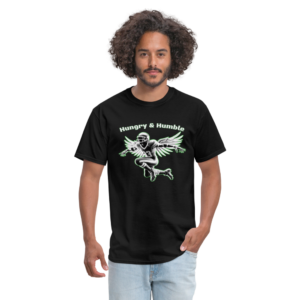
Hungry and Humble Football Player Flapping Arms Touchdown Celebration Unisex Classic T-Shirt #philly
$19.99 Select options This product has multiple variants. The options may be chosen on the product page -
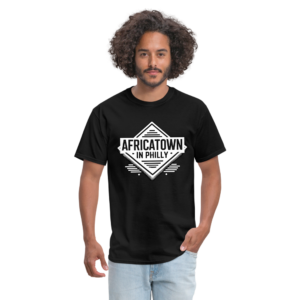
Africatown in Philly Phrase Unisex Classic T-Shirt
$13.99 Select options This product has multiple variants. The options may be chosen on the product page -
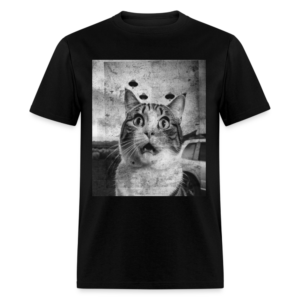
Vintage Funny Cat Selfie UFO Alien Invasion Unisex Classic T-Shirt
$13.99 Select options This product has multiple variants. The options may be chosen on the product page -
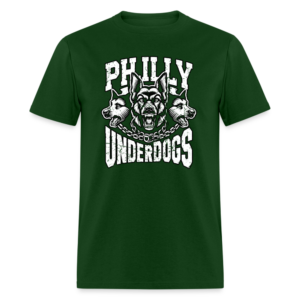
Vintage Philly Underdogs German Shepherds Unisex Classic T-Shirt
$9.99 Select options This product has multiple variants. The options may be chosen on the product page -

Voxel Art I Luv Indiepop Unisex Classic T-Shirt
$19.99 Select options This product has multiple variants. The options may be chosen on the product page -

Voxel Art I Luv Indiepop Women’s T-Shirt
$19.99 Select options This product has multiple variants. The options may be chosen on the product page
------------------------------------------------
We use AI GPT Chatbots to help with our content and may get some things wrong.
-------------------------------------------------

 A Thrilling Return of Intrigue and Suspense!
A Thrilling Return of Intrigue and Suspense!